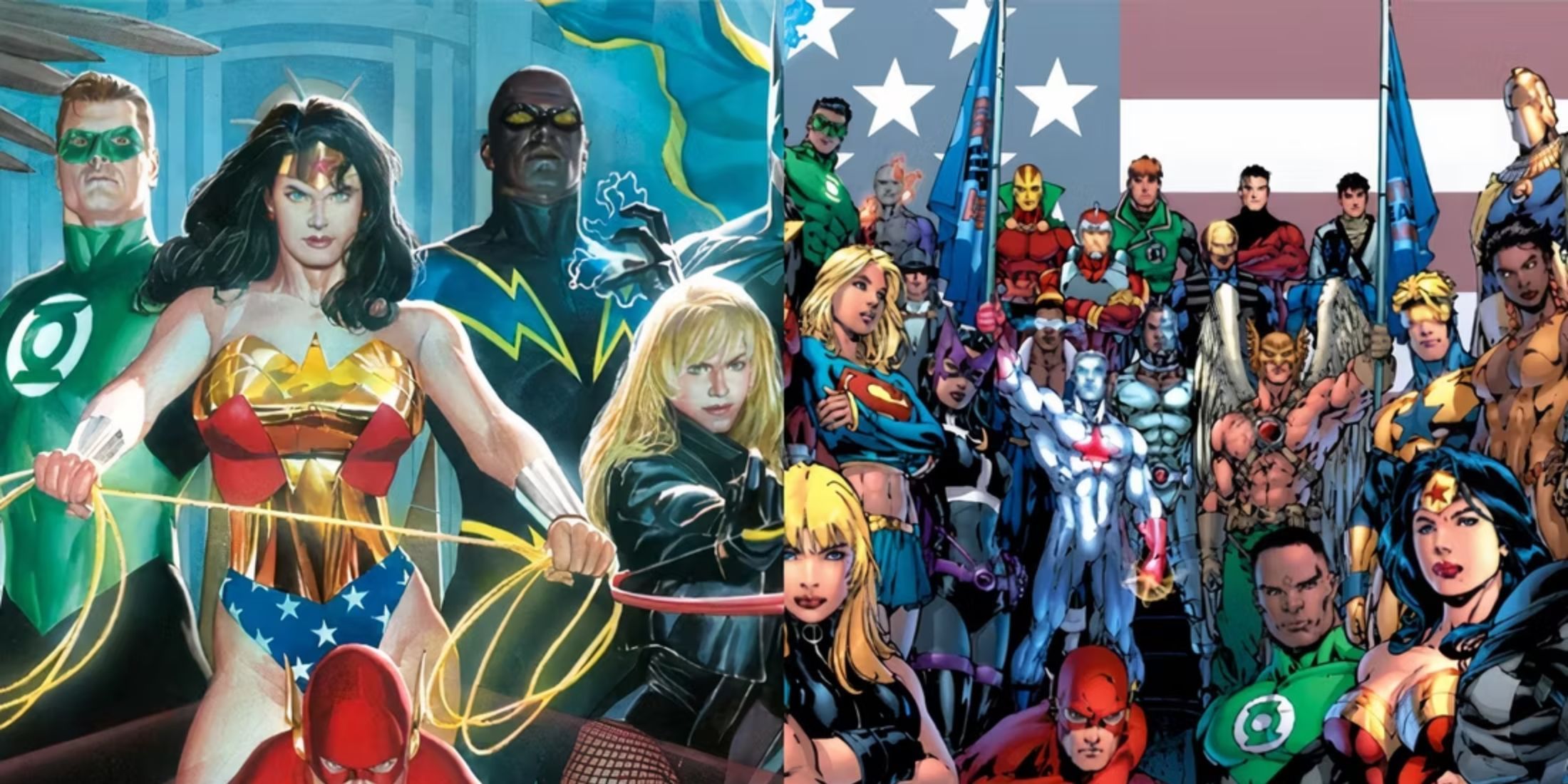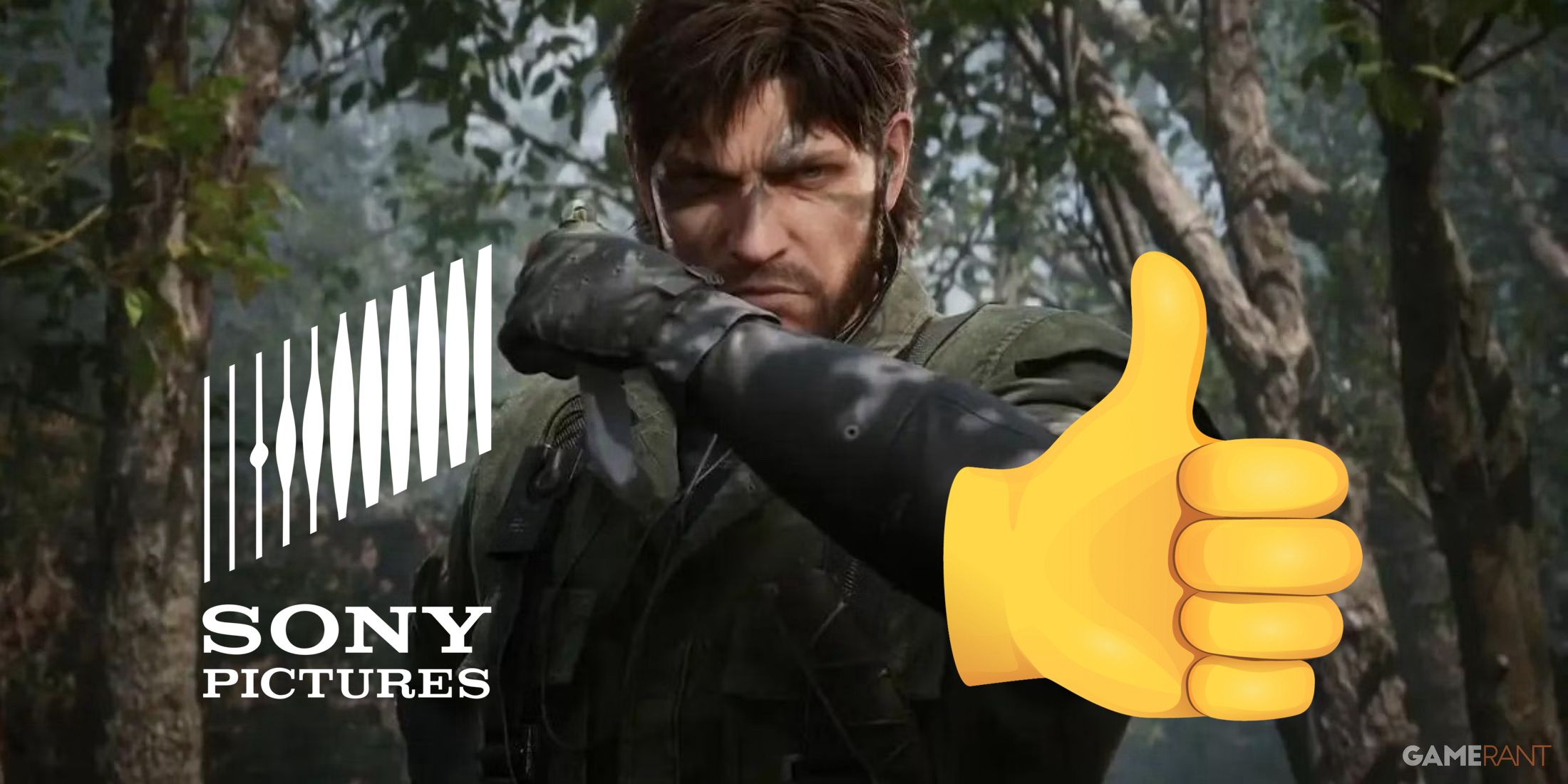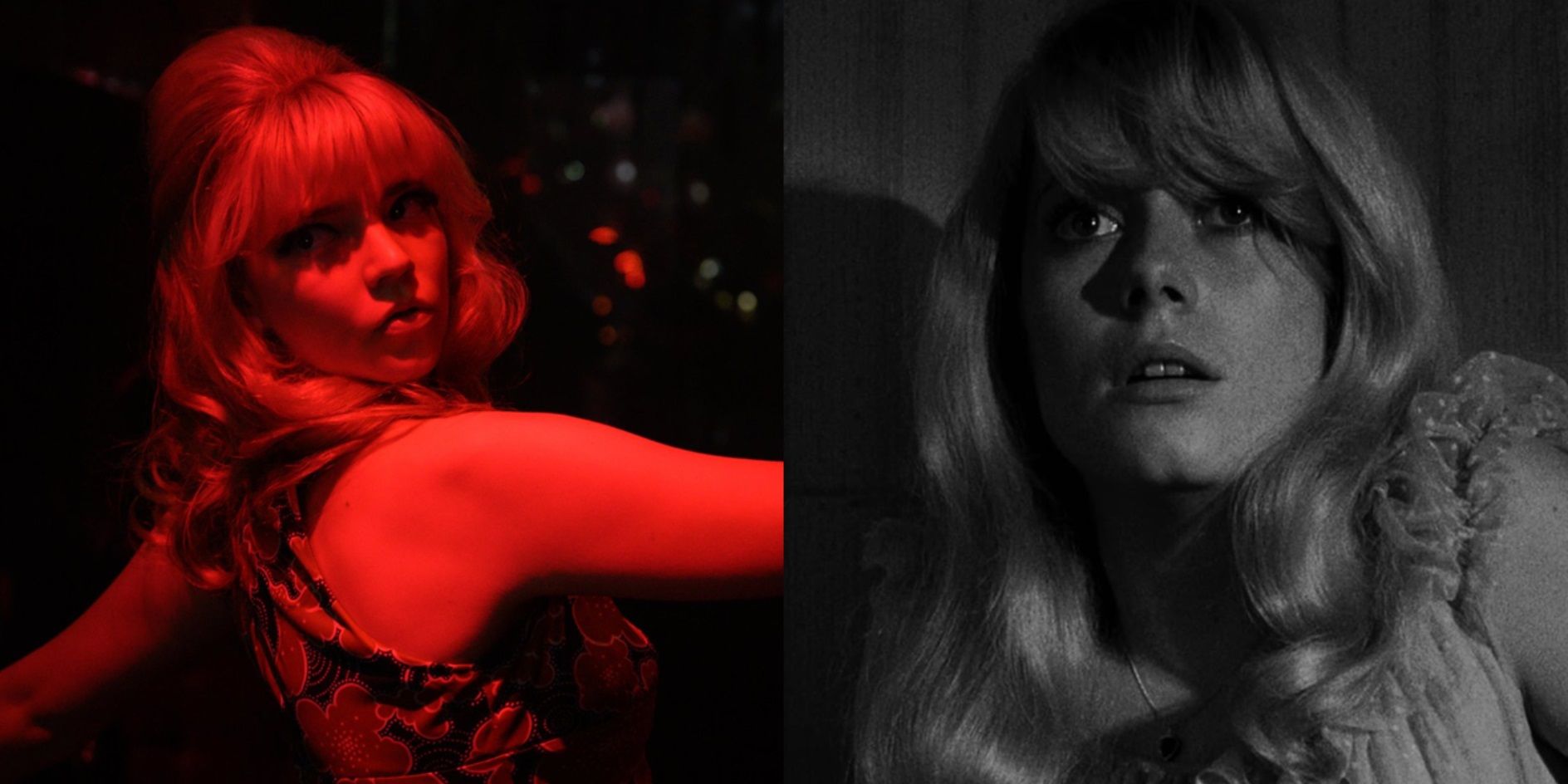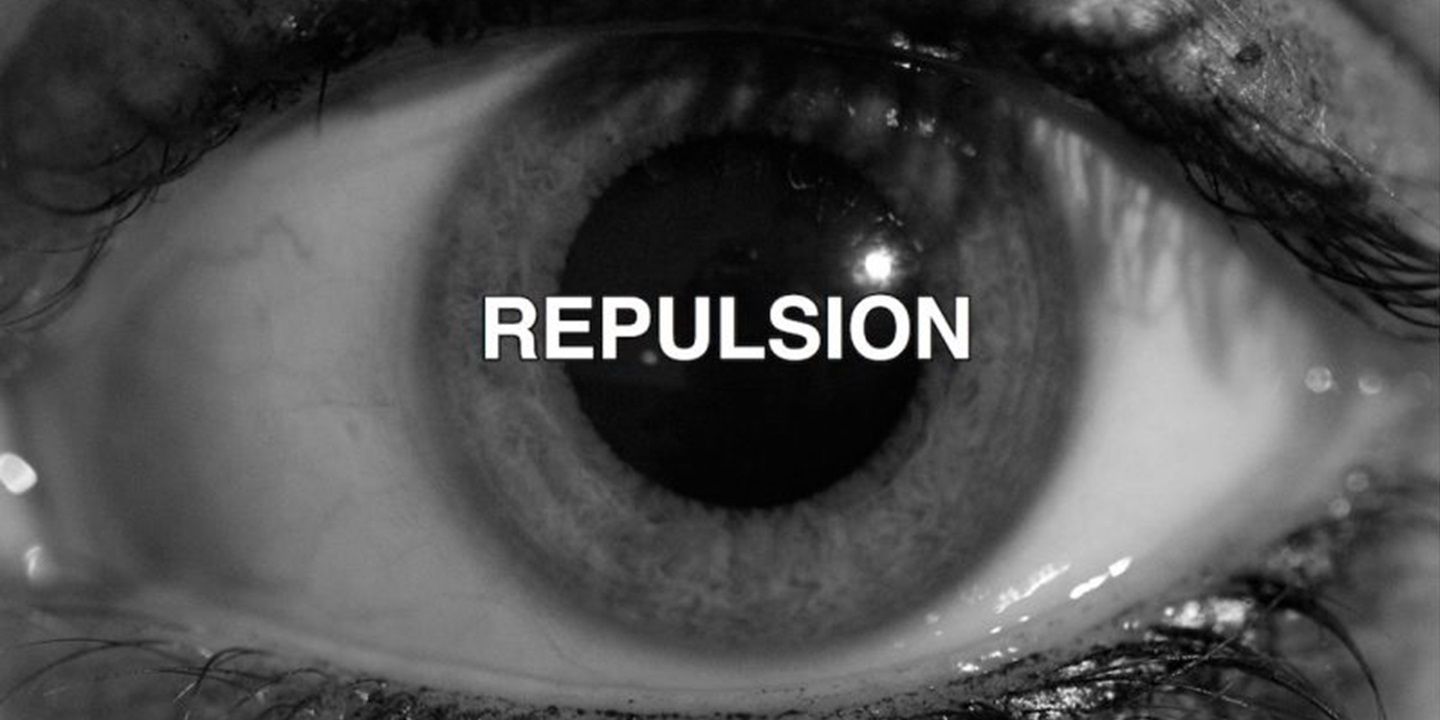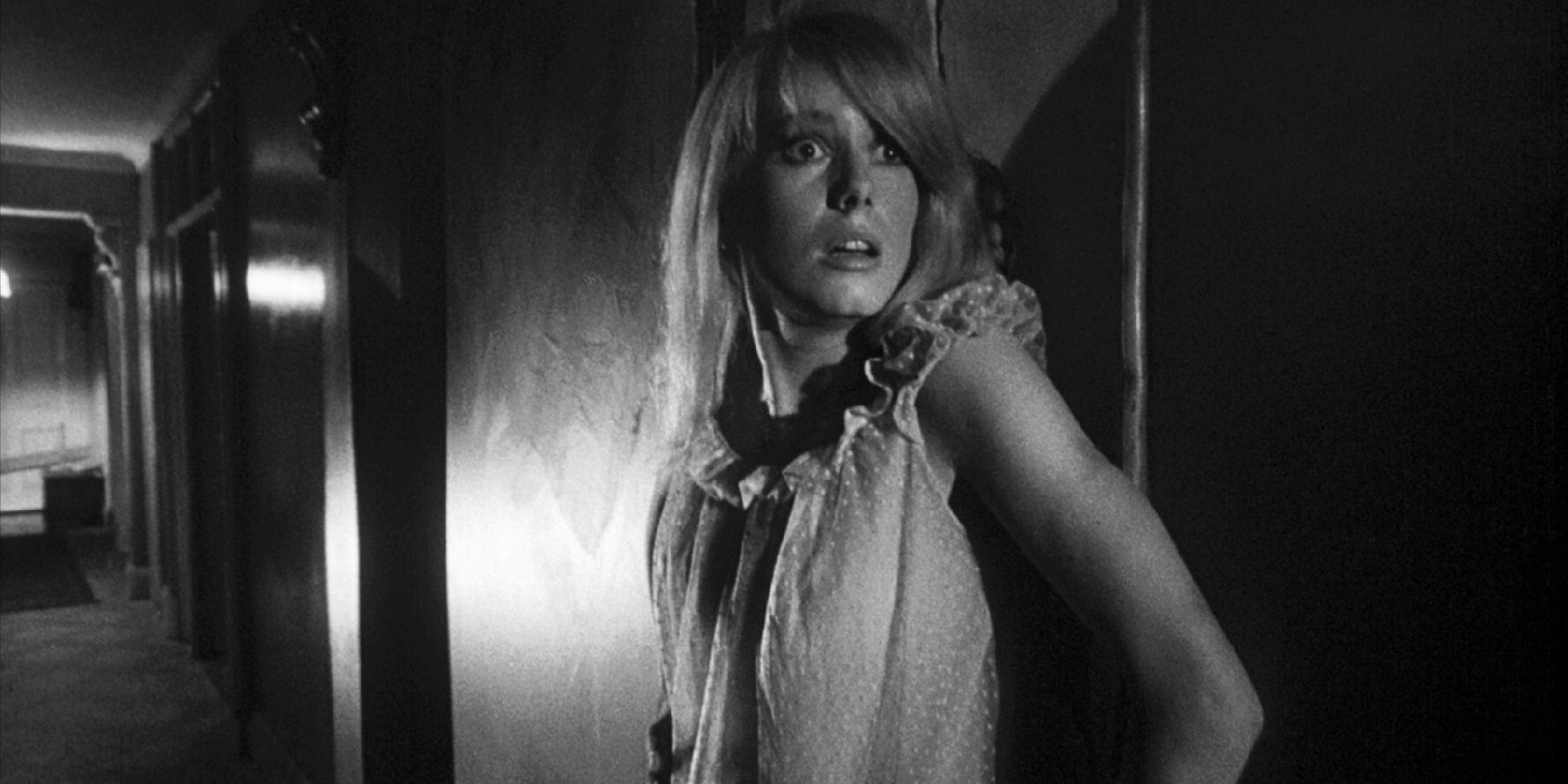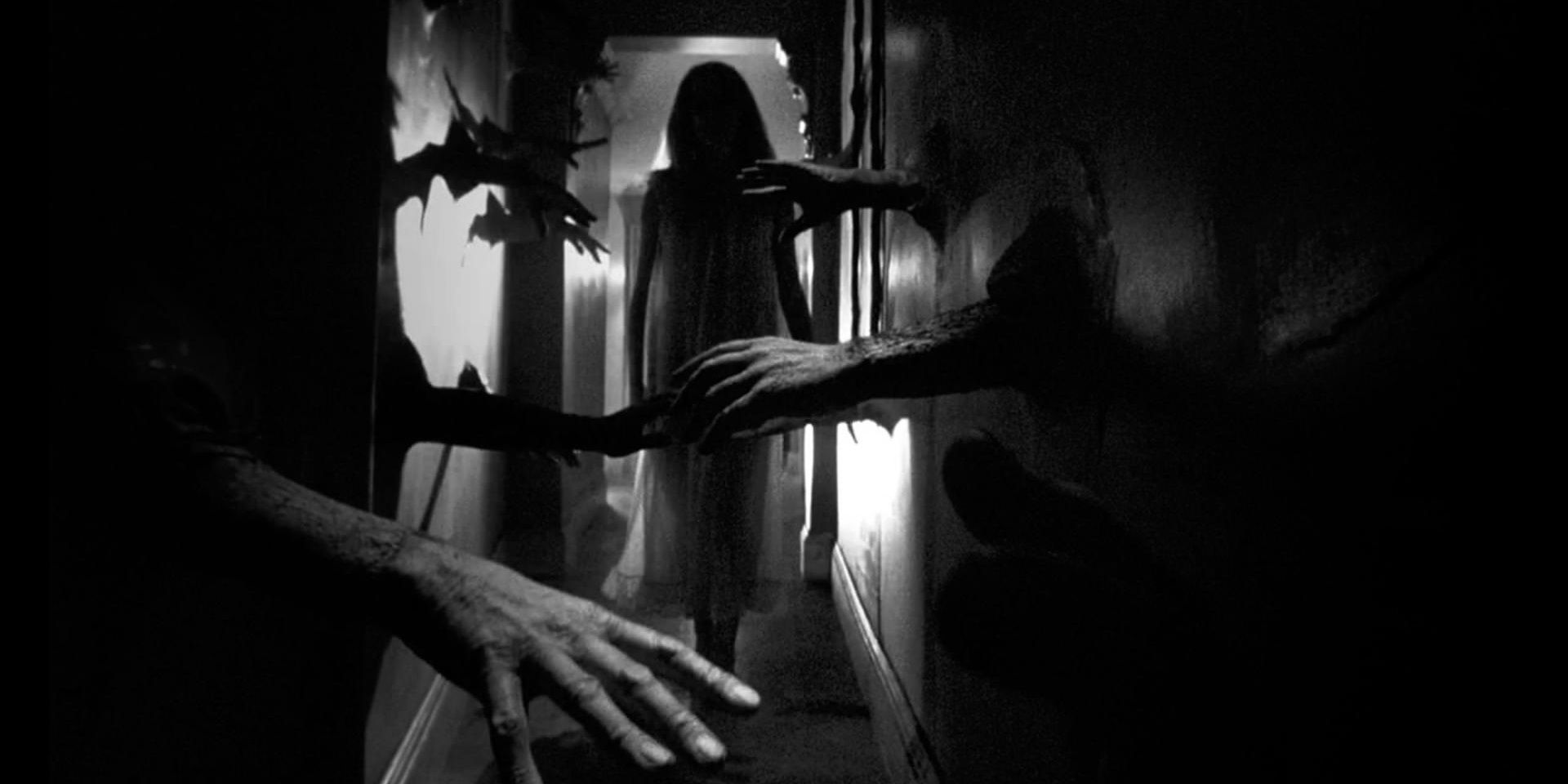Like Quentin Tarantino, Edgar Wright’s postmodern filmmaking style is heavily driven by influences and homages to existing movies. The three installments of Wright’s “Three Flavors Cornetto Trilogy” are all affectionate jabs at well-worn genres and their well-worn tropes. Scott Pilgrim vs. the World is a bubblegum mashup of video games, comic books, and music videos. Baby Driver harks back to the visceral vehicular carnage of car chase movies like The Driver and Gone in 60 Seconds with an added jukebox musical twist.
Despite being the director’s first foray into straightforward non-parodic filmmaking, Wright’s latest movie, psychological thriller Last Night in Soho, is no different, including winks and nods to all kinds of horror classics. The movie theater in 1965 has posters for Dr. Terror’s House of Horrors and The Plague of the Zombies. Eloise hides from a pervy taxi driver in the same newsagents from Michael Powell’s controversial 1960 slasher Peeping Tom.
Wright has said since the movie was first announced that the two biggest influences on Last Night in Soho were Nicolas Roeg’s Don’t Look Now and Roman Polanski’s Repulsion. Released in 1973, Don’t Look Now stars Donald Sutherland and Julie Christie as a couple grieving the accidental death of their daughter who take a trip to Venice and begin to see apparitions of their dead child around the city. Released in 1965, the year Ellie goes back to in Last Night in Soho, Repulsion stars Catherine Deneuve as a young woman with a phobia of men who’s left alone for a few days when her sister goes on vacation with her boyfriend and begins to hallucinate men attacking her in her sleep and hands reaching out from the walls to grab her.
Homage Or Rip-Off?
Of its two main influences, Last Night in Soho borrows from Repulsion much more liberally. Its story was inspired by Don’t Look Now in broader strokes, with a clairvoyant protagonist trying to make sense of their haunting premonitions. The two movies have very different stories about very different characters. Teenage fashion student Ellie has nothing in common with middle-aged church-restorer John Baxter beyond grief and a touch of the supernatural.
On the other hand, Last Night in Soho is so close to Repulsion that it crosses over from homage into full-blown rip-off. Like Ellie, Deneuve’s Carol Ledoux is a frightened, isolated young woman surrounded by sleazy, lascivious men in ‘60s London. Wright’s movie directly lifts some of Repulsion’s biggest scares to lesser effect. Horrifying images like hallucinations of men attacking in the middle of the night and hands coming out of the walls to grab the protagonist are much less effective with CGI. The practical effects of Polanski’s movie – paired with the originality of the ideas – make it a much more involving horror experience.
Repulsion Is An Authentic Snapshot Of ‘60s London
The immersive ‘60s production design is one of the things that audiences and critics have responded to in Last Night in Soho. Wright’s movie is a gorgeous, vivid snapshot of London in the 1960s. But Repulsion was actually shot in London in the 1960s. Filmed by Gilbert Taylor, the prolific cinematographer behind the iconic imagery in Star Wars, The Omen, Dr. Strangelove, and A Hard Day’s Night, Repulsion is very much a product of its time. Taylor captures the bustling streets and smoke-filled pubs of the Swinging Sixties before confining Carol to her apartment for the claustrophobic finale.
Shaun of the Dead followed the familiar structure of a George A. Romero zombie film – the dead rise from their graves, society goes into a post-apocalyptic frenzy, and a band of survivors holes up in a secure location – but it put plenty of fresh twists on the Romero formula: it’s a comedy, it’s set in a British pub, and it tells the story through the eyes of two hungover slackers who slept through the undead uprising. It wears Romero’s influence on its sleeve, but it’s very much its own thing. Last Night in Soho has so much in common with Repulsion that it doesn’t just feel like Repulsion is the jumping-off point; it feels like the end product, too. Audiences could save themselves the price of the ticket by staying at home and streaming Repulsion to get basically the same movie.
Last Night In Soho Doesn’t Quite Come Together
Last Night in Soho isn’t a bad movie by any means, but it doesn’t fit into the lexicon of the greatest horror movies ever made. It’s an affectionate throwback to a masterpiece that does deserve to be included in that canon. Wright’s movie has style in spades, the actors give great performances, and it explores relevant themes of sexual misconduct and the dangers of nostalgia. But the script can’t quite pull it together and those themes and the plot fall apart in the final act.
Repulsion is a taut piece of cinematic terror with airtight character-driven plotting, ample frights, and timeless filmmaking. Last Night in Soho is a perfectly well-made psychological thriller, but Repulsion really sinks its hooks into the viewer’s psyche.

